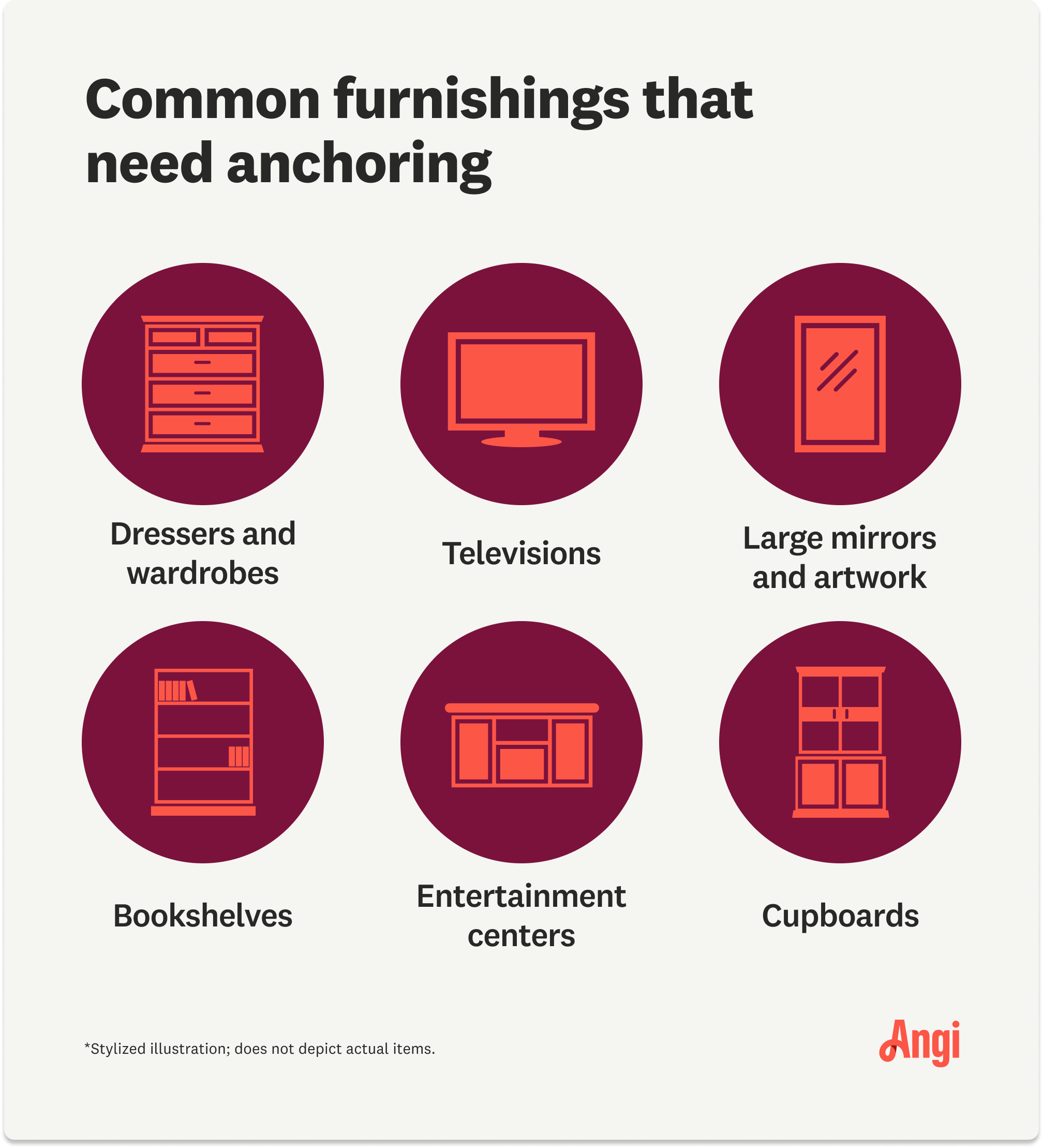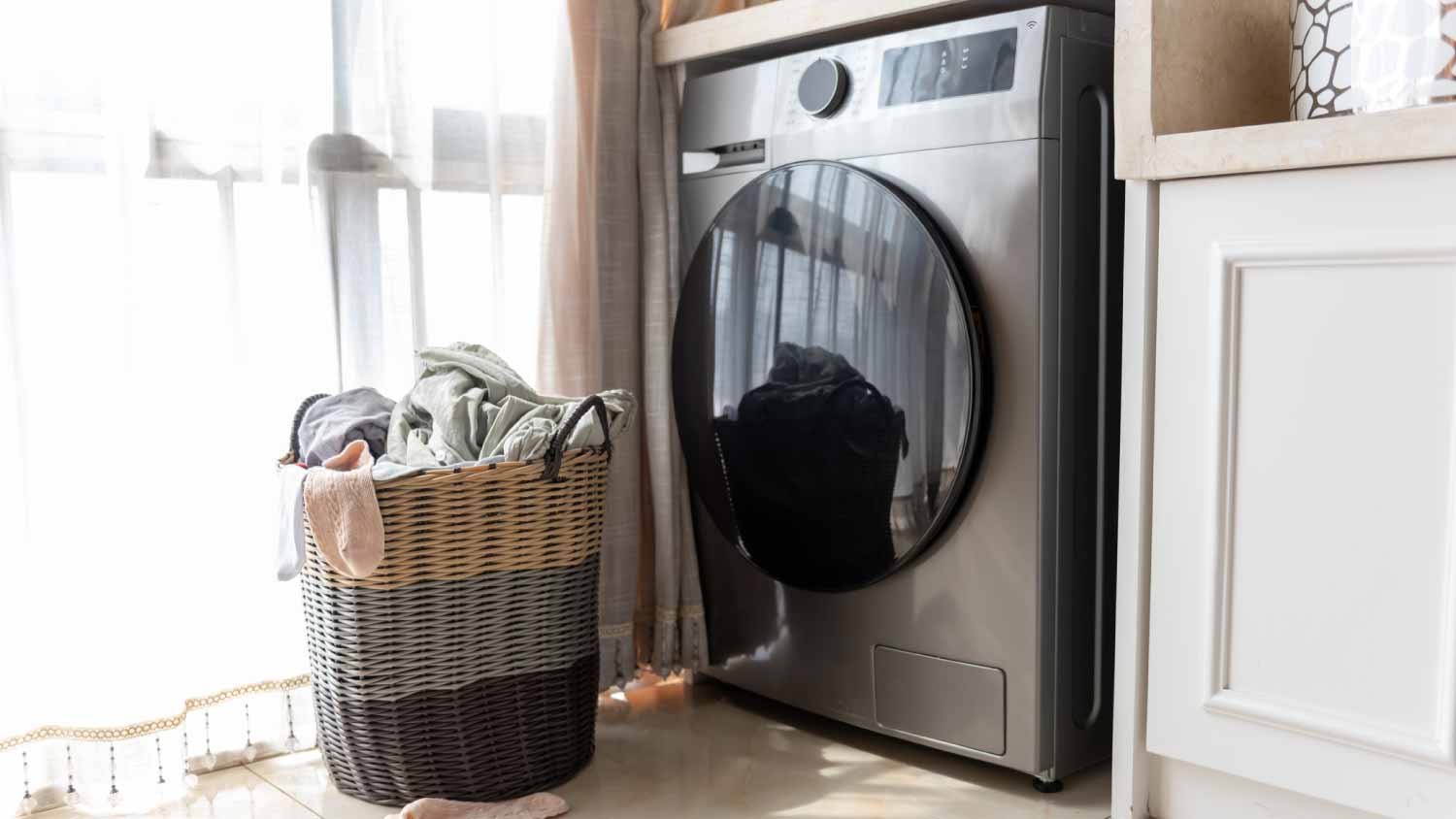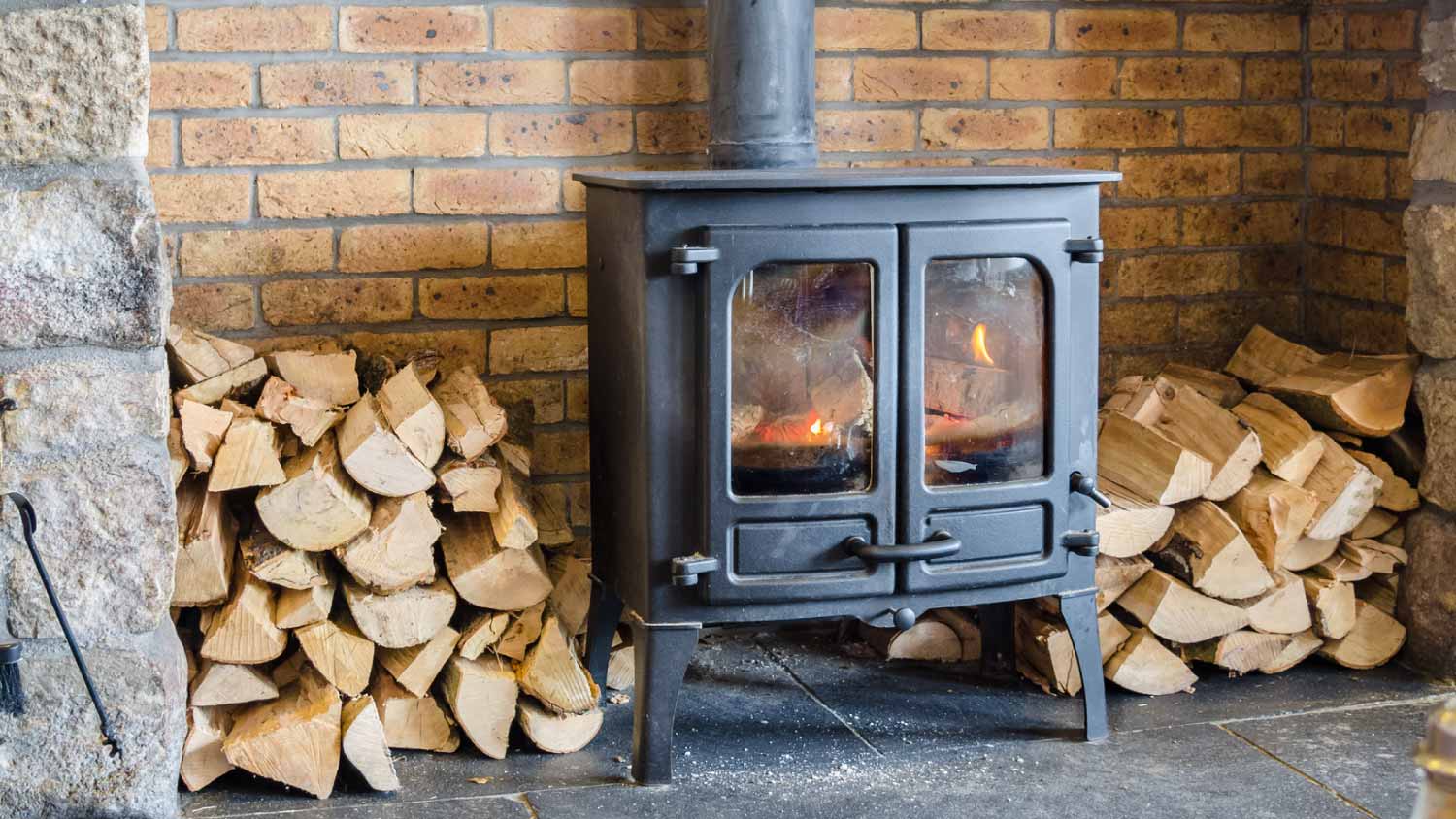How to Anchor Furniture to Prevent Tip-Overs
Keep your furniture standing straight with these easy steps


- Stud finder
- Drill
- Pencil or painter’s tape
- Screwdriver
- Wood drill bit
- Anti-tip kit
- Anchors and screws
- Straps or restraints
- Caulk and paint
- Toggle bolts (if the furniture or bracket location is not able to be secured to a stud)
When it comes to heavy furniture, Murphy’s law applies: If something can go wrong, it will. Fortunately, it’s surprisingly easy to avoid the hazards involved with accidents like these. All you need is an anti-tip kit, a couple of standard tools, and an afternoon’s worth of work to prevent your furniture from tumbling over.
This guide will walk you through everything you need to know to properly anchor furniture to the walls, from the best materials to use to when you might need help from a pro.
Prepping to Anchor Furniture
Doing a little research ahead of time is the best way to prevent falling furniture forever. That means figuring out which objects are unstable to begin with and which anti-tip kits promise the best results.
Know What You Need to Anchor

Before getting started, find out what you need to anchor. Securing tall objects, like dressers and bookshelves, is a no-brainer. But even smaller furnishings, like file and kitchen cabinets, can pose a risk to child safety if not properly fixed to the walls.
“For quite some time now, most jurisdictions require that free-standing kitchen ranges have anti-tip brackets installed,” says Bob Tschudi, Angi Expert Review Board member and general contractor in Raleigh, NC. “But we often see that these brackets were installed improperly or not installed at all.”
Voluntary safety standards dictate that a piece of furniture should be able to withstand a pull force of 50 pounds without tipping over. Unfortunately, the government can't enforce these regulations, so it's worth it to take the additional time to anchor heavy objects to the walls—especially if you live in an area that's vulnerable to natural disasters like earthquakes, hurricanes, and tornadoes.
When in doubt, these are the most common furnishings needing extra support.
Televisions
Dressers and wardrobes
Entertainment centers or credenzas
Bookshelves
Large mirrors and artwork
Cupboards
Research Your Anti-Tip Kit Options
There are many different anchor kits to choose from, and all of them contain roughly the same supplies. Here’s what you’ll get from the most common options:
Two sets of brackets: one to attach to the wall and another to attach to the furniture
Wood and drywall screws: included in some kits
Nylon webbing, plastic, or braided steel straps: to secure the furniture-mounted brackets to the wall-mounted brackets
Some furniture is sold with anti-tip kits included, but that doesn’t mean you’re necessarily good to go with what you have.
Plastic straps or restraints can weaken rapidly and aren’t always strong enough to carry the weight of heavy items in the first place. When in doubt, opt for nylon webbing or braided steel straps whenever possible. If your furniture purchase contains an anti-tip kit with plastic restraints, you’re better off buying another.
How to Anchor Furniture in 5 Steps
Once you’ve gathered your tools and know what needs your attention, you’re ready to start anchoring furniture to the walls. All it takes is a couple of hours and five simple steps to complete this project and keep your home in tip-top shape.
Determine What Kind of Wall You Have
The process of anchoring furniture depends on the type of material your walls are made of. Drywall can be found in most modern homes and is relatively easy to handle. But plaster and brick masonry are also common and come with their own set of needs.
Here’s what you need to know depending on the type of walls in your home.
Drywall: The majority of homes built after 1960 feature drywall. Finding studs on this type of wall isn’t difficult because the material is much thinner than plaster or brick masonry and more easily located by a stud finder.
Plaster: Plaster walls are less common than drywall and more difficult to deal with. If a traditional one doesn't work on your plaster walls, you may need to use a magnetic stud finder.
Masonry: Anchoring furniture to brick masonry or poured concrete requires special tools, like a hammer drill with a masonry bit and masonry screws with hexagonal heads. In this case, hiring a professional masonry builder to do the job for you will be less expensive than stocking up on a bunch of specialty equipment you might never use again.
Find the Best Spot for the Anchor
Now that you know what you’re working with, use either a traditional or magnetic stud finder to locate the studs in your wall. To check that a stud is actually there, drill the area lightly. If you meet no resistance, you’re not in the right spot. Move the drill slightly to either side and repeat until you locate a stud. It should be close by.
“In most construction, wall studs are installed 16 inches apart, measured from the center of each 1 1/2-inch stud,” Tschudi says. “One trick is to remove the faceplate of a wall switch or outlet, which are usually attached on one side to a stud. From this location, you can usually determine where the next stud should be.”
Once you've found the stud, use a pencil to mark it at the furniture height and the back of the furniture in the corresponding spots. If a pencil isn't visible on a piece of furniture (like a TV), mark it with a bit of painter's tape instead.
Install the Anchor to the Wall and Furniture
Start by moving your furniture away from the wall. On drywall, use a wood drill to attach a bracket 2 inches below the stud. On plaster, use a wood drill bit to create a pilot hole for the bracket before securing it to the wall.
Use a wood drill and screws to attach brackets to the most solid part of your furnishing, ideally 2 inches under the pencil marking. For electronics and furnishings that can’t easily be drilled, like TVs and metal shelving units, use specialized anchors and a screwdriver to attach them.
Attach the Furniture to the Anchor
Move the furniture back against the wall, leaving just enough room to attach the straps. Hook one end of the strap onto the furnishing and the other onto the wall, tightening as necessary. You may need to retighten these straps every so often as they can loosen over time.
Patch and Paint Any Holes
Before pushing your furniture against the wall and forgetting about it, take a few more minutes to patch any drywall holes you may have made during the anchoring process. Apply caulk (or drywall joint compound for larger repairs) and let it dry before painting. And if you know the furniture will cover the spot, you may be able to get away without repainting it until you're ready to move out.
DIY Anchoring Furniture vs. Hiring a Pro
Though this project is easy for just about anyone to do themselves, there are a couple of instances when it’s better to call in a pro.
You’ll pay less to anchor furniture to plaster and drywall yourself. But it may be cheaper to outsource brick masonry work to a top-rated local masonry contractor or professional childproofer service near you. DIY anti-tip anchors and kits range from $6 to $10, while hiring a pro can vary from $190 to $630, depending on the type and quantity of work involved.



.jpg?impolicy=leadImage)

















